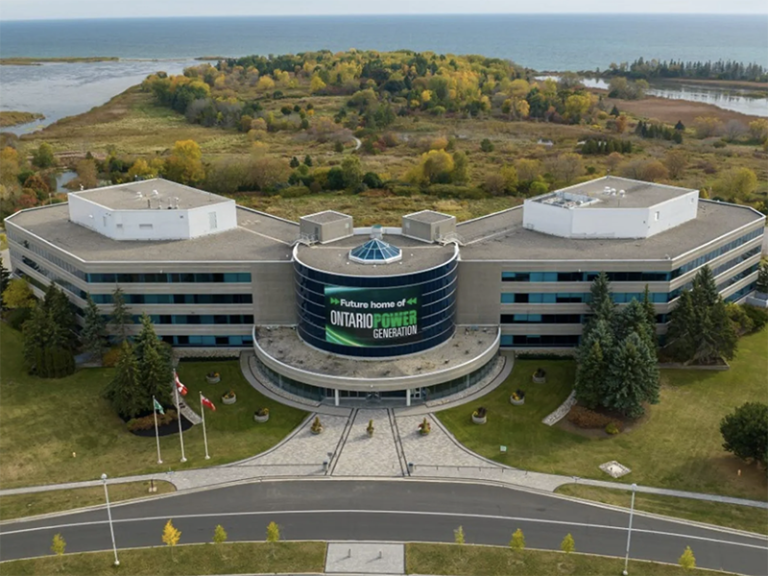
The need for protocols and community awareness regarding cell towers was discussed at Port Hope council on Aug. 6, with concerns raised about private property owners’ vulnerability.
Town staff introduce a report to council outlining guidelines for the site selection, design, and consultation process for anyone wishing to erect a cell tower.
It comes after a controversial proposal to put a 60-metre tower at 1564 Oak Hills Road faced intense criticism from residents and politicians. Concerns were raised over environmental impact and location, but they were mainly related to the lack of public consultation and communications between the proponents, staff, politicians, and the public.
Spectra Point is the consultant working with the Eastern Ontario Regional Network and Rogers Communications to improve wireless communication in rural Port Hope.
The approval process is complex and involves multiple levels of government. The federal government controls the tower’s approval through Innovation, Science, and Economic Development Canada (ISED). However, the council issues a letter of concurrence indicating whether it agrees or disagrees with the decision. It does not give final approval.
However, the town does require a site plan for large telecommunications towers and can deny a site plan.
Council’s debate centred around public consultation and communication, and the need for clarity regarding private landowners erecting for their own use.
Councillor Vicki Mink and Deputy Mayor Claire Holloway Wadhwani urged staff to ensure the public was consulted before the next council meeting in September.
Mink said she wanted to know how the public would be engaged under the proposed protocols in light of the current experience with the Oak Hills site.
“And I know that was one of the concerns that was raised in our recent experience, is that everything seemed to be sort of fed a complete from the proponent side before public consultation. And maybe the public consultation should have happened a little bit sooner. So I just wanted to understand what is what they’re required to submit to the municipality prior to public consultation, and whether that’s really just about giving us a heads up so we’re not finding out from the public,” she said.
The proposed policy ensures town staff and councillors know what is happening before anything public. This will allow town staff to provide feedback. It will take place through a series of meetings with the proponents, which must take place before any public consultation. It is also mandatory that the public be consulted under the proposed policy.
Holloway Wadhwani pushed for feedback from rural residents, especially those opposed to the Oak Hills proposal.
“I also know we are not responding solely to this last experience, but we are in the middle of a tower siting process that has been fairly contentious, and a lot of residents have been very engaged,” she said. “I understand there’s a meeting on the books for next week with a group of those residents where they’re going to provide some feedback and ask some questions.”
She wondered if there was enough time to speak with those residents and bring back any changes.
Besides consultation and communication, councillors express concern over the impact of the policy on individuals, not corporations.
Mink shared concerns about her situation as a longtime rural resident. She noted that many homes in the area had TV antennas. However, under the proposed policy, homeowners would have to undergo a more complex process.
“Whether it’s for entertainment, whether it’s for work, whether it’s economic development in the rural community, or whether it’s for vital communication, (they) must now go through the planning department to erect that tower and go through this requirement of having erecting signs and notifying all their neighbors,” she said. “It’s really marginalizing that community and putting them in a vulnerable position where they don’t have the same opportunity as others.”
The proposed policy contains exemptions for new antennas less than 15 meters, existing towers, non-tower structures on buildings, temporary antennas, and maintenance.
Councillor Todd Attridge raised his concerns about exemptions for particular residents.
“If it’s for my personal use, if I happen to be in protected lands, we would just say that’s okay. Don’t worry about the protected lands. If I use it for personal use and I decide to sell it to a telecommunications company later, can I do that? I just think we need to give a little thought on that before we start thinking that we shouldn’t be applying this,” he said.
Council agreed to bring it back to the regular council meeting in September for final approval after receiving public feedback and addressing concerns.


